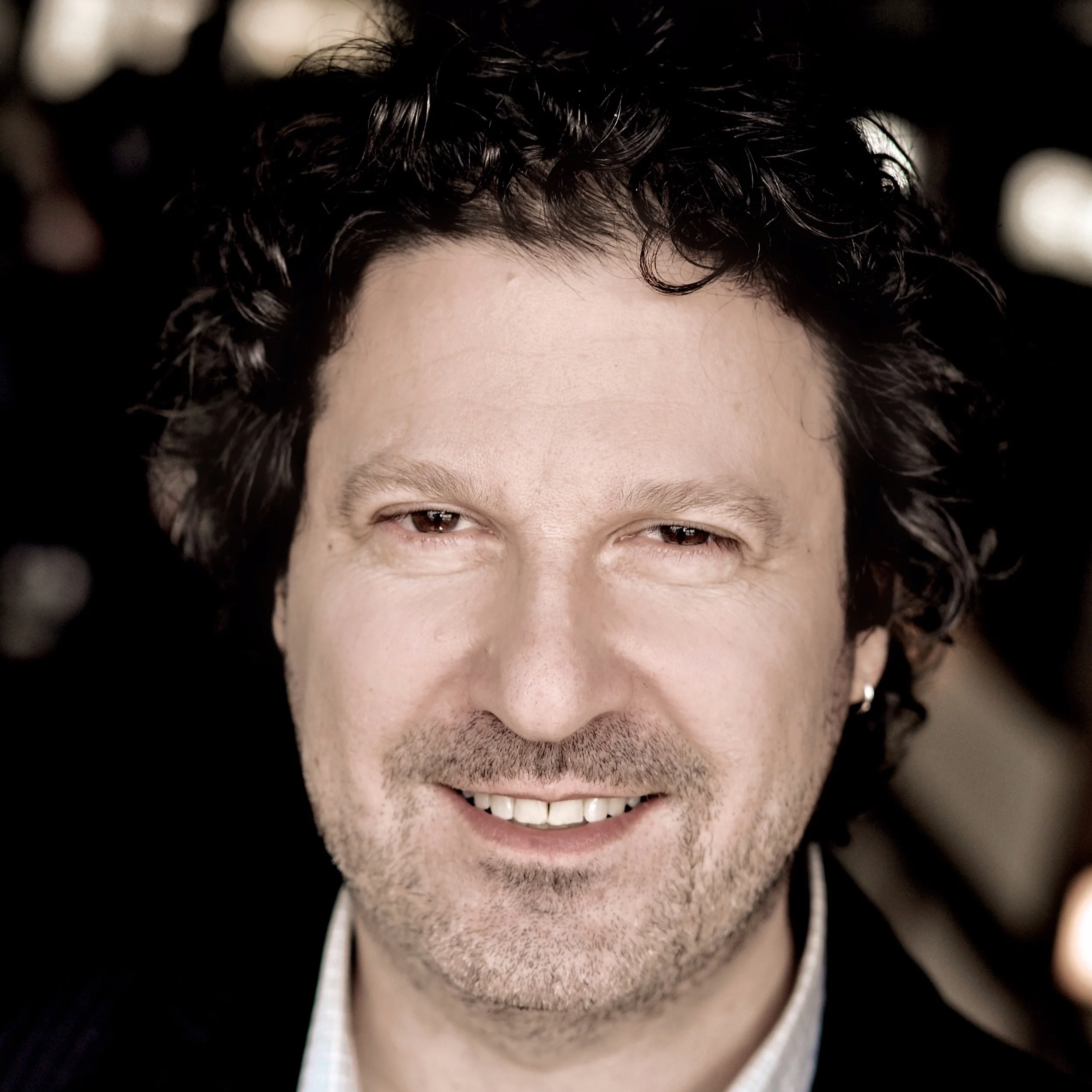On October 17 and 18, 2019, composer Dan Siegler and guest artists perform the world premiere of Concrète Jungle at The Invisible Dog (51 Bergen St.) in Brooklyn. In this Insider Interview we spoke to Mr. Siegler about the origins of Concrète Jungle, his early inspirations as a composer, and more.
How did Concrète Jungle come into being?
The work evolved slowly. It was something I would do for fun in between assignments for hire. I became fascinated by New York voices and sounds, and more conscious of the city I’ve spent my whole life in. I would wander the streets recording noise, interview people with strong accents, find archival clips on YouTube. After a few years it had developed into…something. I wasn’t sure what yet.
How/where did you find and gather all of the different voices you use in the piece? How did you determine which bits to use?
The piece is entirely instinctual, with the imperative that every sound come from New York or a New Yorker. As I collected the voices, I began to notice that themes were emerging; dialogue about gentrification, art making, industry, feminism. Do you remember that game “Concentration”? It was kind of like that. I’d turn over one square and try to find the other square that matched the same subject matter. It was like some gigantic puzzle, but the answers were more abstract than literal. I became interested in creating dialogue through editing, between people who had never met.
You recently gave a workshop performance of excerpts of this work. Tell me about the audience reaction. What do you hope the audiences at the Invisible Dog performances will come away with?
In the Summer of 2018, I finally showed the piece to the public when David Lang and Suzanne Bocanegra graciously opened their little theater to me. If I didn’t get this thing out of my head I was going to go crazy. What I was looking for was what they call “proof of concept” on Shark Tank. In other words, does the thing work? Does it hold an audience’s attention. It’s a “deep listening” experience and requires focus. To my complete shock at the Q & A after, there was so much response that we had to cut it off at a certain point. The conversation with the audience on that night was one of the most validating experiences of my life and helped me recommit to the project and go deeper. I hope that the audience for Invisible Dog will feel the intention of the piece which is about connection and how hard it is and how important it is, between people and across generations. We have sound, lighting, and production design now so the whole piece has taken a bold step further.
What roles do the guest performers – be it dancer, instrumentalist, or vocalist - serve in relation to what you are doing on stage? Do you provide printed music, parameters or suggestions to them?
The guest performers are all talented artists I know or have worked with and I’ve been lucky to have surrounded myself with a lot of special people. That they would contribute their time and talent to this is really an honor. All the direction really comes from curation. I would only ask people I knew would be comfortable improvising in this sort of environment. I think of the guests as representing those chance encounters that you have, like at the deli or on the street, that affirm humanity and make the city feel like a special place. They serve as a reminder to not live too far inside your own head, that others around you can contribute to a shift in collective energy if you’re open to it.
And….what ARE you doing on stage during the performance?
What I’m doing is live mixing. So I’m taking the text and the sounds and using f/x to manipulate them, so that every performance contains improvisatory elements, both from the guest soloists and myself. I can decide to emphasize a particular part or bring something down. I can fly a sound around the room or make it sound tinny, like it’s coming from an old transistor radio.
What led you to a career as a composer?
I studied classical piano until I got to high school and then I ditched it for rock music. I had bands and played all the great clubs that are now closed, CBGB’s etc. All the while, I was contributing music to friends’ theater productions and modern dance performances. I was setting up my recording studio and finding that was my happy place. I love tinkering with sounds and structures and I can take a maddeningly long time to finish. But I get there eventually. So essentially, not becoming a rock star led to my career as a composer, which it turns out, I was a lot better suited for.
How would you describe your composition style, and what other composers do you draw inspiration from?
I start with sounds, as opposed to notes. The notes come later after I’ve established the baseline concept. The concept comes from the sounds. Over the past few years my work has evolved and has become more mobile. I record from wherever I am and that inevitably becomes part of the composition. Hildegard Westerkamp has been a huge influence as of course has Pierre Schaeffer, an early pioneer of musique concrète, from which Concrète Jungle gets its name. I try to mess with people’s conception of rhythm. We’re such a beat-driven society. I love beats as much as the next person, but I want to find rhythm in different ways. Even arpeggios make me impatient. We all rely on these devices to create propulsion and I try to find that motion in other ways. I use words rhythmically, voices as instruments, not as singers or storytellers. Then I usually add vintage synthesizers and minimal orchestration for strings, horns or woodwinds.

